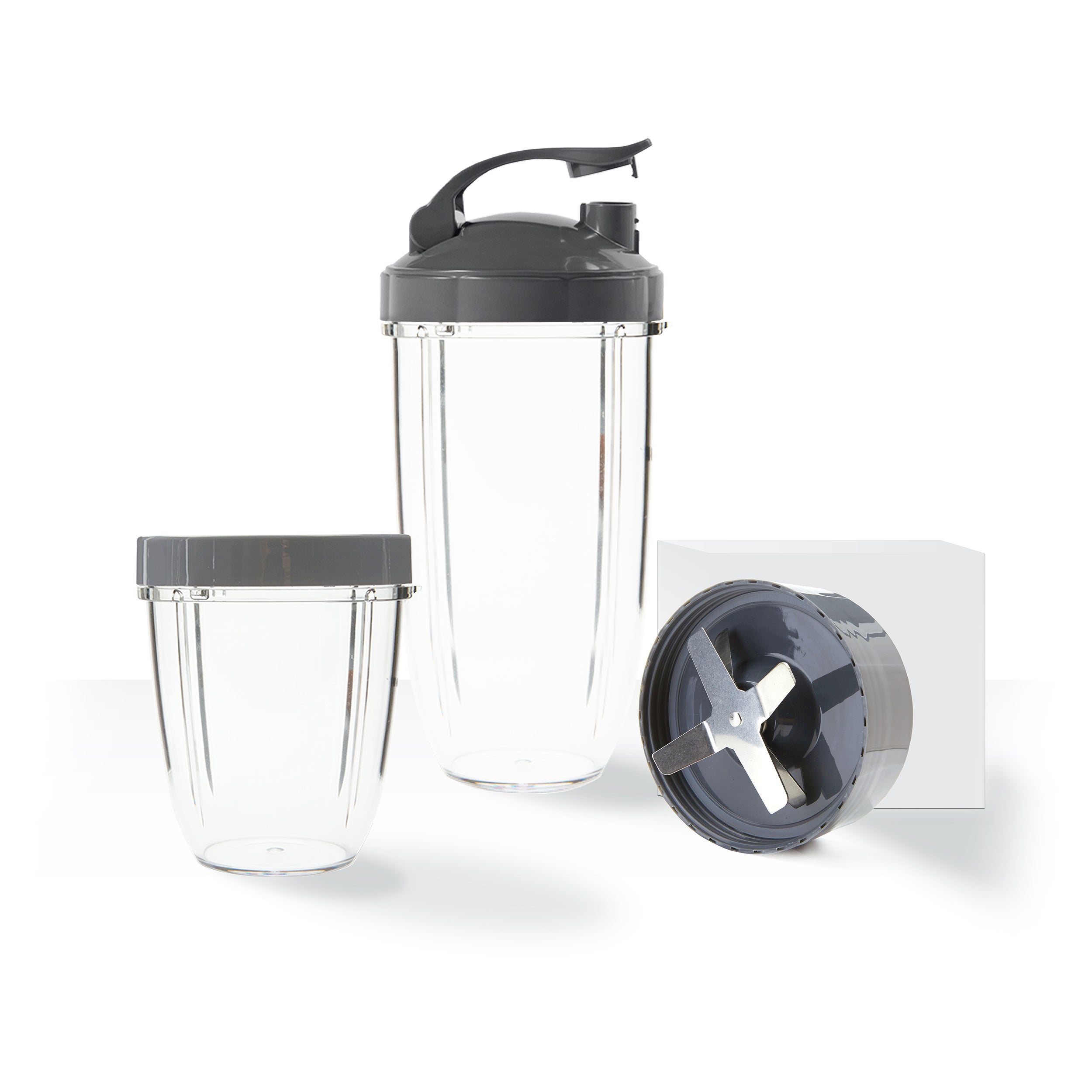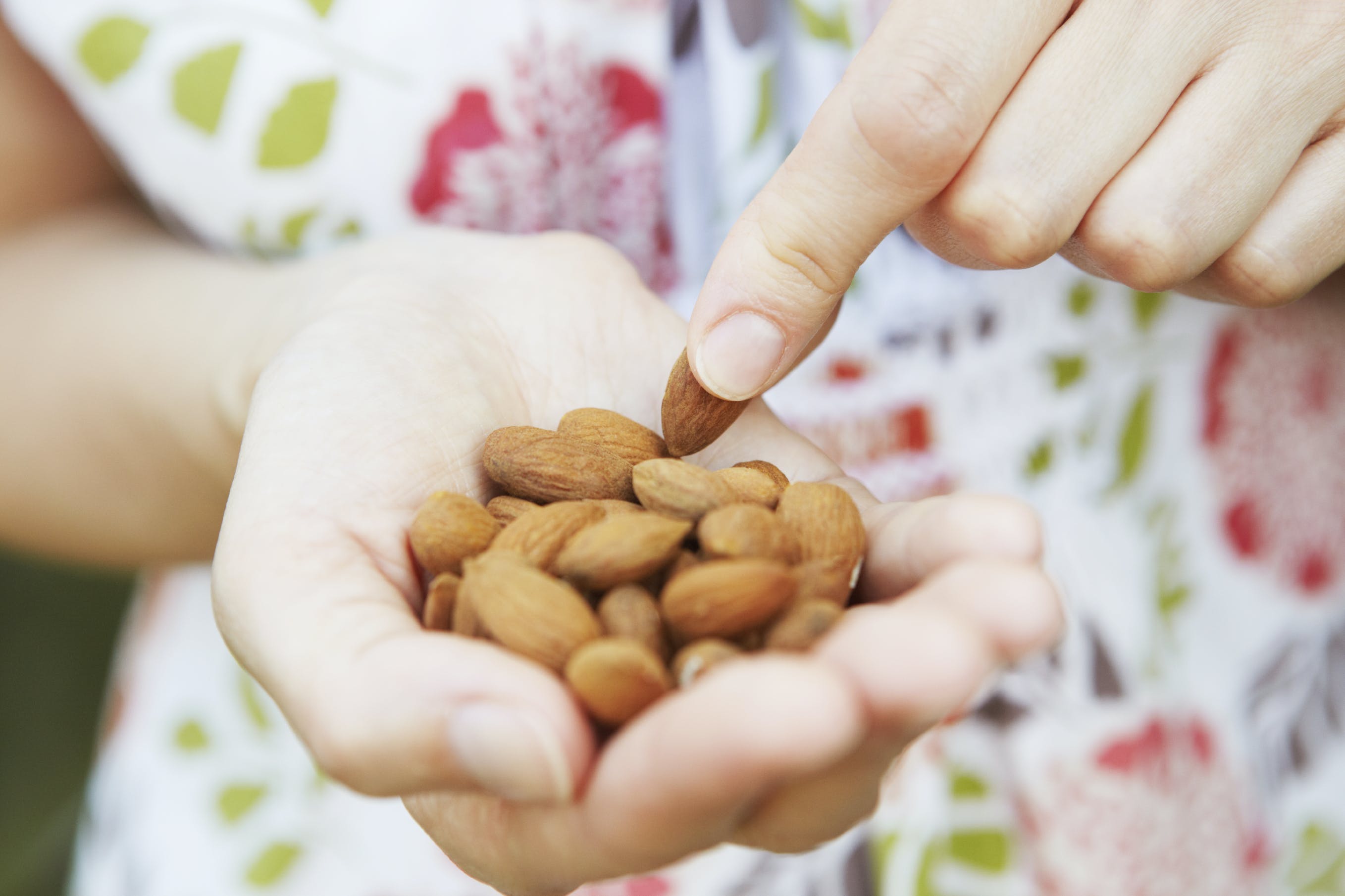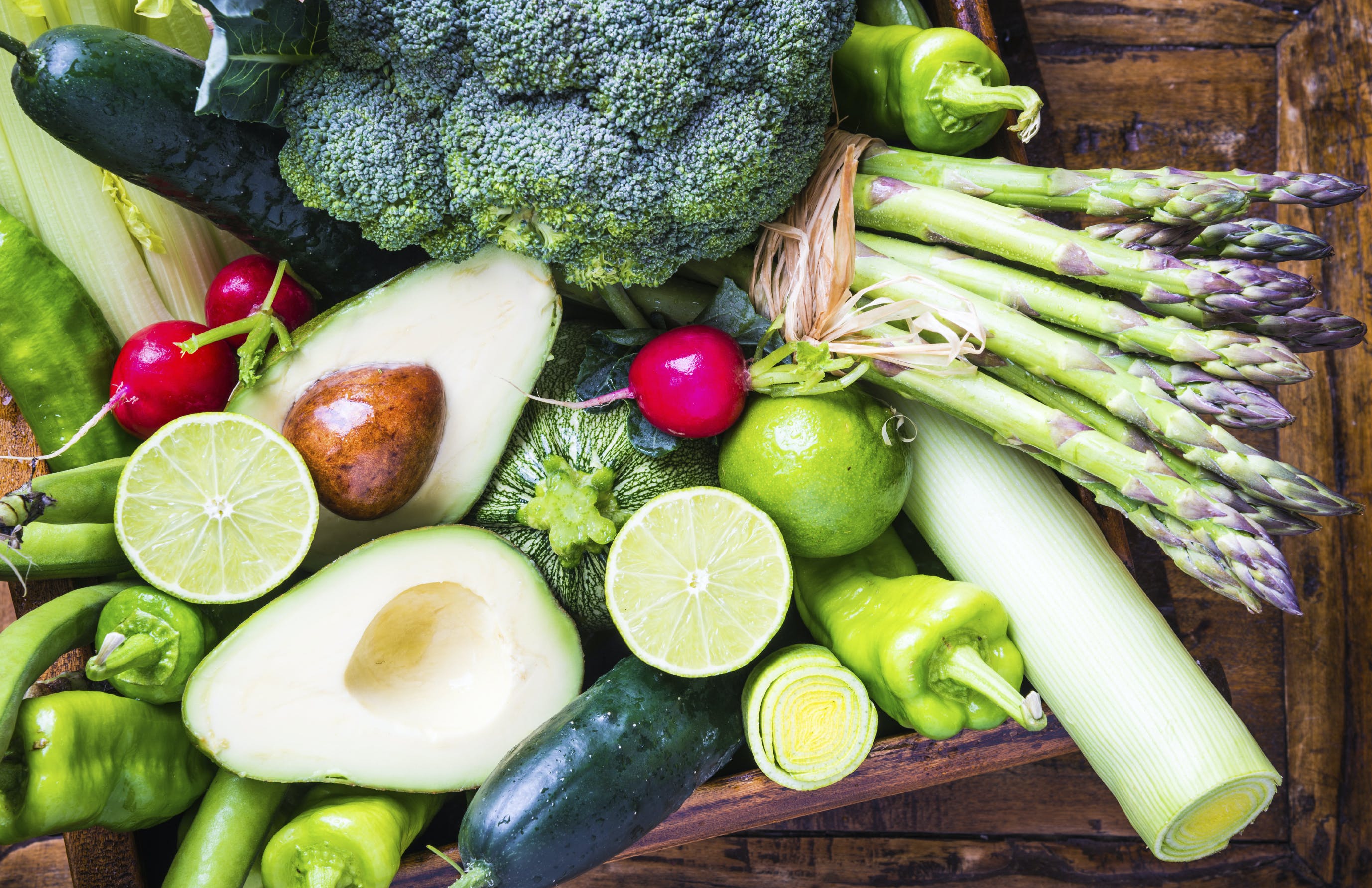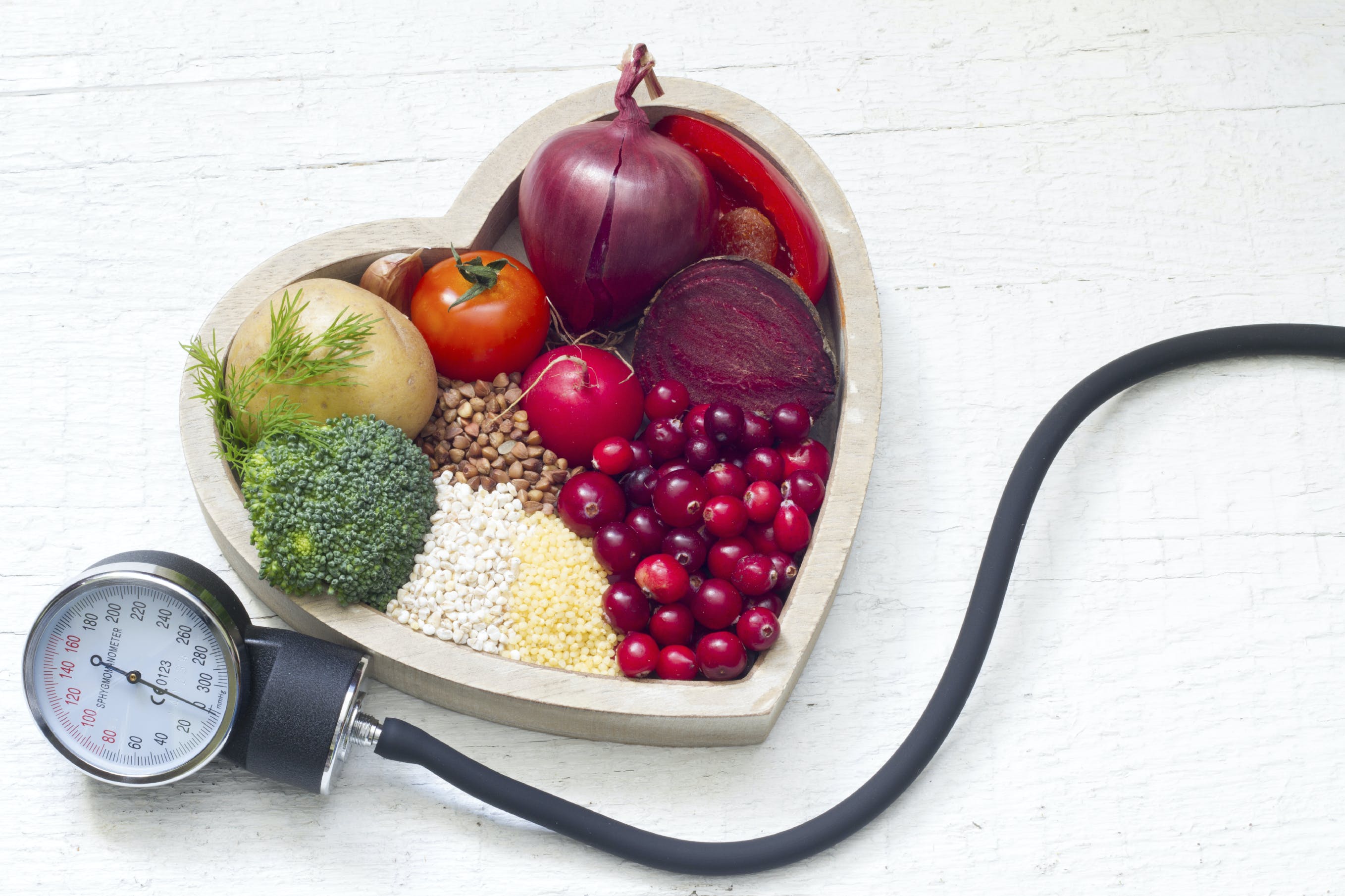As a nutrition professional, I often teach people how to read nutrition labels. It’s an important step to educate individuals on what is actually in the foods that we eat. It doesn't, however, paint the full picture. Many people aren’t able to see that full picture when it comes to food. Through two decades of experience working with people to improve their health, I believe that we all need to look at meals as a whole and not as individual nutrients listed on a label.
A panel of nutrition experts across the world looked at this exact topic and published their conclusion in the American Journal of Clinical Nutrition. The results of their finding are fascinating as they challenge us to think about food as a whole. It’s a more well-rounded, healthier way to look at food and nutrition. They suggested that it's more effective to evaluate foods eaten at the same time compared to just looking at one food or one nutrient. Why? Because we typically do not eat just one food, and we certainly don't just eat nutrients. We eat meals. No one says, "I’m eating a small plate full of vitamin D with a side of saturated fat." What we do say is “I’m snacking on some cheese and crackers before dinner”. If this is how we eat, it should be how we think about food labeling.
It is also important to consider the fact that when we combine foods, we are changing the nutritional composition of the meal or snack and, therefore, the way our bodies digest them. Ultimately, this means that the composition of a food can alter the properties of the nutrients contained within it. A great example, explained by researcher Tanja Kongerslev Thorning, is almonds. Almonds contain a lot of fat, but they don't release all of that fat during digestion — even when chewed really well. Foods we think of as bad may, in fact, be better for us than we thought. At the same time, foods we previously thought were good for us may have negative health consequences.
This is why a panel of experts was brought together for a workshop organized by the University of Copenhagen in collaboration with the University of Reading in September 2016. They focused their discussion on dairy products and how the complexity of nutrients and substances in dairy products can affect digestion and even change the nutritional properties of a particular food.
Conclusions during this workshop support the idea that we need to rethink how we look at food labels. For example, yogurt and cheese have a different and more beneficial effects on bone health, body weight, and cardiovascular disease risk factors than would be expected on the basis of their saturated fat and calcium content. The findings are published in the article “Whole Dairy Matrix or Single Nutrients in Assessment of Health Effects: Current Evidence and Knowledge Gaps” which can be found in the American Journal of Clinical Nutrition.
We historically have thought of cheese as bad for our health due to sodium and saturated fat content, but that may not be entirely true, according to the conclusions of this workshop. There are positive health impacts of cheese such as beneficial bacteria, minerals and bio-active cheese ingredients.
Ian Givens, co-chair of the meeting stated, “More studies are needed, but ultimately it seems that some areas of nutrition science need to be rethought. We cannot focus on a nutrient without looking at how it is consumed and what else is eaten at the same time."
Until researchers and experts develop a more efficient and accurate way to measure the amount of nutrients we actually consume, we have to rely on nutrition labels to ensure that we’re giving our bodies the right kind of fuel. We may not be getting the full picture, but at least the labels give us a good idea of what we should or should not eat to stay healthy.
Nutritional information
Recipe: Creamy Green Strawberry Dream Serving in this recipe:1
- Calories: 236.6
- Total Fat: 3.6 g 5.5%
- Saturated Fat: 0.4 g 1.9%
- Cholesterol: 0 mg 0%
- Sodium: 358.7 mg 14.9%
- Total Carbs: 45.7 g 15.2%
- Dietary Fiber: 9.9 g 39.4%
- Sugar: 22.1 g
- Protein: 8.1 g 16.2%
- Vitamin A: 481.9% Vitamin C: 244.1%
- Calcium: 68.5% Iron: 26.1%
* Percent Daily Values are based on a 2,000 calorie diet. Your daily values may be higher or lower depending on your calorie needs.




























